Here are some of the top selections from the festival. They include "Oh, Brevity" by Messiah student Scott Beaver, "Samuel", winner of Best Animation, "Playmate" from the Thriller (Horror/Action) genre, "Perspective", winner of Best Drama, and "Juxtaposition", winner of Best Experimental.
|
On December 6, 2015, the senior Digital Media class hosted their Ephemeral Film Festival, presenting one minute films that incorporated the theme "ephemeral", meaning "brief" or "short lived."
Here are some of the top selections from the festival. They include "Oh, Brevity" by Messiah student Scott Beaver, "Samuel", winner of Best Animation, "Playmate" from the Thriller (Horror/Action) genre, "Perspective", winner of Best Drama, and "Juxtaposition", winner of Best Experimental. Written by Emmanuel Gundran Marvel's latest addition to its growing cinematic universe, Ant-Man (Reed 2015), manages to hold its own as a fun, stand-alone, action adventure. While it may not be the most Oscar-worthy picture of 2015, Ant-Man offers engaging action, great comedy, likable characters, and an exciting addition to the collection of superheroes who will fight together in future Marvel movies. The story involves Scott Lang (Paul Rudd), a thief released from prison for good behavior, discovering a shrinking suit invented by scientist Dr. Hank Pym (Michael Douglas). Pym, having seen Scott's skills as not only a master thief but also as an engineer, recruits Scott on a mission to steal an invention of Hank's apprentice, Darren Cross (Corey Stoll), that could threaten the world if sold to the wrong hands. Meanwhile, Scott wants to be present in the lives of his daughter and ex-wife, who are trying to stay afloat. Though the story has a very basic framework of a hero being trained by a wise mentor to defeat the villain, it's everything else that makes the formula so watchable in Ant-Man. The action, for example, gives this film a unique feel from the other Marvel movies. Like Honey, I Shrunk the Kids (Johnston 1989) and its sequels this film's main concept involves shrinking. However, Ant-Man is the first shrinking film to incorporate shrinking into its action. Scott can use his small size to hide from his foes and then use his strength, which is even stronger in his small form, to knock them on their backs or grow back to normal size to give them a swift uppercut as he grows back. As this is a Marvel film, Ant-Man includes a lot of hilarious dialogue between its characters. Unlike Marvel's last film Avengers: Age of Ultron (Whedon 2014), Ant-Man's overall scale and tone are much lighter, making Marvel's brand of humor more than welcome. One comedic character worth noting is Scott Lang's literal partner-in-crime Luis (Michael Pena). He's the kind of person who, no matter how ridiculous the odds are not in his favor in life, he somehow always comes with a smile and a spring in his step. He could find out that his entire family has disowned him but still tell Scott, "It's a'right man. We still got each other!" His always upbeat demeanor is so hilarious yet so endearing as well. As with all of the other Marvel movies, Ant-Man ties into the larger Marvel Cinematic Universe that has been established and developed since Iron Man (Favreau 2008). Ant-Man is not only a great time as its own movie, it's also a great time for those following the Marvel Cinematic Universe. Fans will be pleased to hear that the story of Scott Lang doesn't stop with this movie. Next year's Captain America: Civil War (Russo 2016) will also feature Scott along with other well-known Marvel heroes like Captain America, Iron Man, and Black Widow. Whether one is a long-time Marvel or comic book fan or just a casual fan of good entertainment, Ant-Man is guaranteed a good time for all.
Written by Anthony Watkins I believe one of the more unrecognized aspects of the film industry today is the work of production designers or art directors. As the name suggests, production designers’ main work comes during the production phase of the film, or when principal photography is taking place. These individuals work to produce the setting, environment, and “world” in which the film is taking place. As a result, one of the main duties involves gathering props for the scenes in the film and creating a visual aesthetic that successfully conveys the mood and tone of the film. Over the years, the means by which production designers have produced or obtained their props has remained largely unchanged. However, a recent development has emerged that could radically alter the way these designers produce their visual aesthetic. This development is 3D printing. Many of you have probably heard of 3D printing before, but I will give a brief explanation for those who may be unfamiliar with it. 3D printing is the process of creating a three dimensional object or shape from a digital file. The digital file is first created and rendered through 3D computer software. Then the software uses an additive process of building the object layer by layer until finished. The object is then printed out and looks and feels just like a normal, three dimensional object (3D Printing). Although 3D printing is just in its novelty stage, the possibilities and future for the technology are very bright. In the realm of production design, artists can now create any object they want and refine it in the computer software before printing it out. This not only allows for more efficiency, but also for more creativity. Also, the technology seems to logically fit the next step in the evolution of production design since current designers already work with computer software to create concept art for proposed designs (The Guardian). It may surprise you that the film industry has already started diving into 3D printing. Propshop, a production company based at Pinewood Studios, has created several props that have been used in large Hollywood productions. Some examples include the night vision goggles in Zero Dark Thirty (Bigelow, 2012), a full-tank exterior for one of the action scenes in Fast and Furious 6 (Lin, 2013), and the canopy of Quill’s spaceship in Guardians of the Galaxy (Gunn, 2014). Even full spaceships and sets have been printed for films including Ex Machina (Garland, 2015) and Avengers: Age of Ultron (Whedon, 2015). The night vision goggles featured in Zero Dark Thirty were 3D printed. Although it is an expensive practice currently (and thus only used in large-budget films), it certainly looks as though 3D printing will become a major staple in the future of production design in the film industry, allowing for easier production and more intricate objects to be created and placed in the mise-en-scene of films. It will certainly be interesting to see the many different designs produced in the coming years.
WORKS CITED Sheldon-Hicks, David. “Five ways film-making is evolving thanks to new technology.” The Guardian. 12 June 2015. 12 Nov. 2015. <http://www.theguardian.com/culture-professionals-network/2015/jun/12/film-technology-evolution-film-making-3d-printing-vr-motion-capture>. “What is 3D Printing?” 3D Printing. 2015 12 Nov. 2015. <http://3dprinting.com/what-is- 3d-printing/#whatitis>. Written by Emmanuel Gundran While some movie-goers may think that nothing else can be done with video games other than soulless adaptations to make quick, easy cash, Wreck-it Ralph (Moore, 2012) proves that using tropes within video games themselves and the concept of living programs from TRON (Lisberger, 1982) can carry a solid story for a video game movie. Wreck-it Ralph is the story of Ralph, a video game antagonist who is infamous for being the villain of the arcade game "Fix-it Felix Jr.". However, Ralph, feeling disrespected and unrecognized for his talents, wants to be more than just a typical "bad guy." Already, it's clear that the video game characters featured in Wreck-it Ralph are self-aware of their role in the world and have a consciousness separate from the influence of the players and programmers. This relationship that the video game characters have with their world is similar to how the programs from TRON do not have to strictly obey the programming of the Users. However, unlike TRON, the portal between human and video game character is closed. Although humans witness some of the oddities caused by the video game characters' consciousness, they pass them off as glitches in the system that can either be fixed easily or could corrupt the game beyond repair. A comedic example of some of the "oddities" of the video game world of Wreck-it Ralph is "Bad-Anon," a video game villain support group. When Ralph is struggling with his villain identity, he meets with several, sometimes recognizable, video game villains. This sequence is not only a clever marketing strategy to pull in gamers, as iconic villains such as Bowser from Super Mario Bros. (Nintendo) and Dr. Eggman from Sonic the Hedgehog (Sega) make cameo appearances, but also an indicator of what kind of story the audience can expect: one that is completely aware of and pokes fun at its subject matter. The most dangerous breaching of the boundaries of video games that the characters can commit is escaping their game, or what they call "going Turbo." A character going Turbo from their game would cause Mr. Litwak, the owner of the game arcade, to shut it down since the game will longer work. This plays around with the question of what glitches really are. Are they bugs in the game's programming or are the characters in the game really acting on their own will and despite being limited by the game's programming? TRON asks through showing the programs breaking through the barriers of the light-cycle arena. Meanwhile, Wreck-it Ralph contains a more comedic example in the form of Ralph struggling to survive in a first-person shooter arcade game while the player watched the screen, confused that another arcade character is making a surprise cameo appearance. Wreck-it Ralph is a film about video games that possesses not only some of the technological commentary of TRON but also the light-hearted, comedic wit of Toy Story, a film that contains similar characteristics to this film but using toys, and a great lesson about being able to play against enforced roles about who one wants to be. Though the film does not, by any means, try to be a complex, analytical look at video games, it makes quirky jokes revolving around some of the tropes tied to video games such as the recurring villain and the player having control of the characters' actions. So, Wreck-it Ralph is fun enough for the whole family to watch while clever enough for movie-goers and gamers to also appreciate it.
|
Archives
April 2024
|

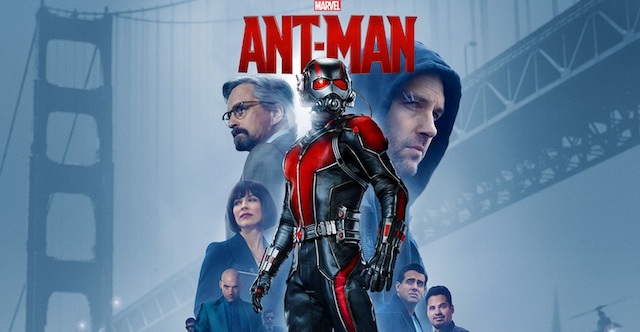

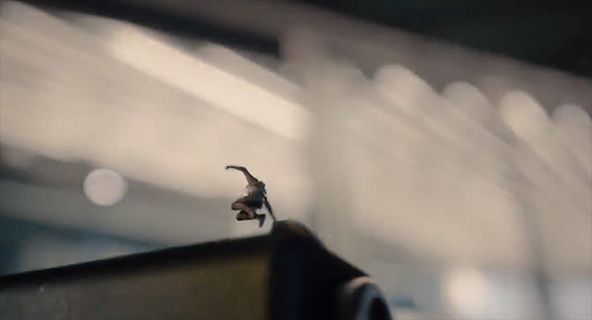
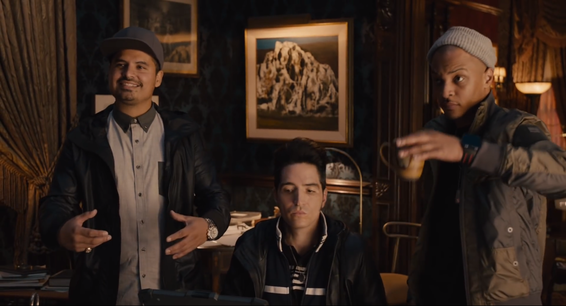
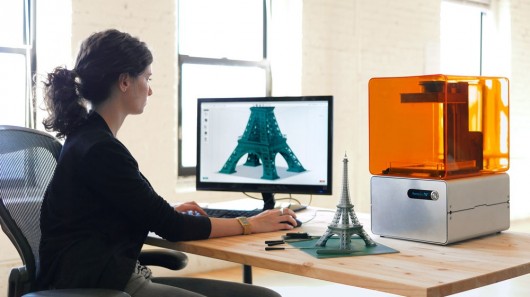

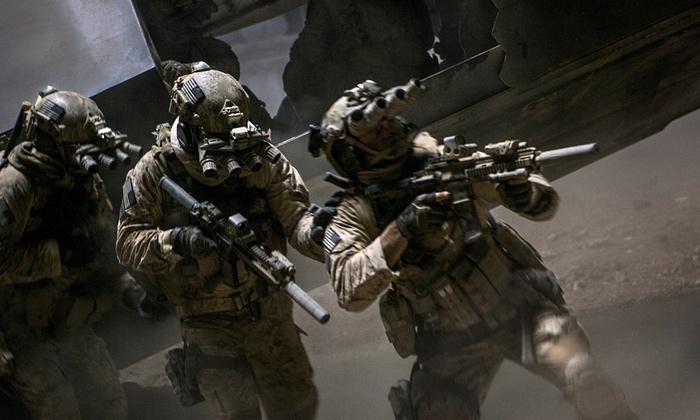


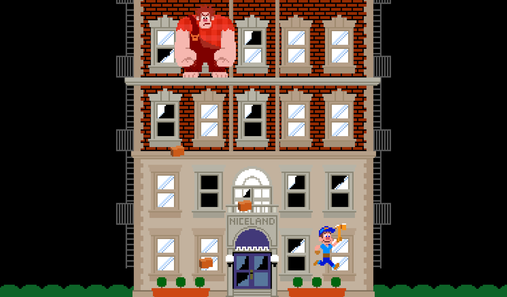
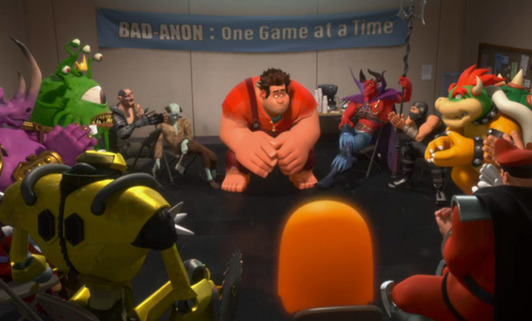

 RSS Feed
RSS Feed
